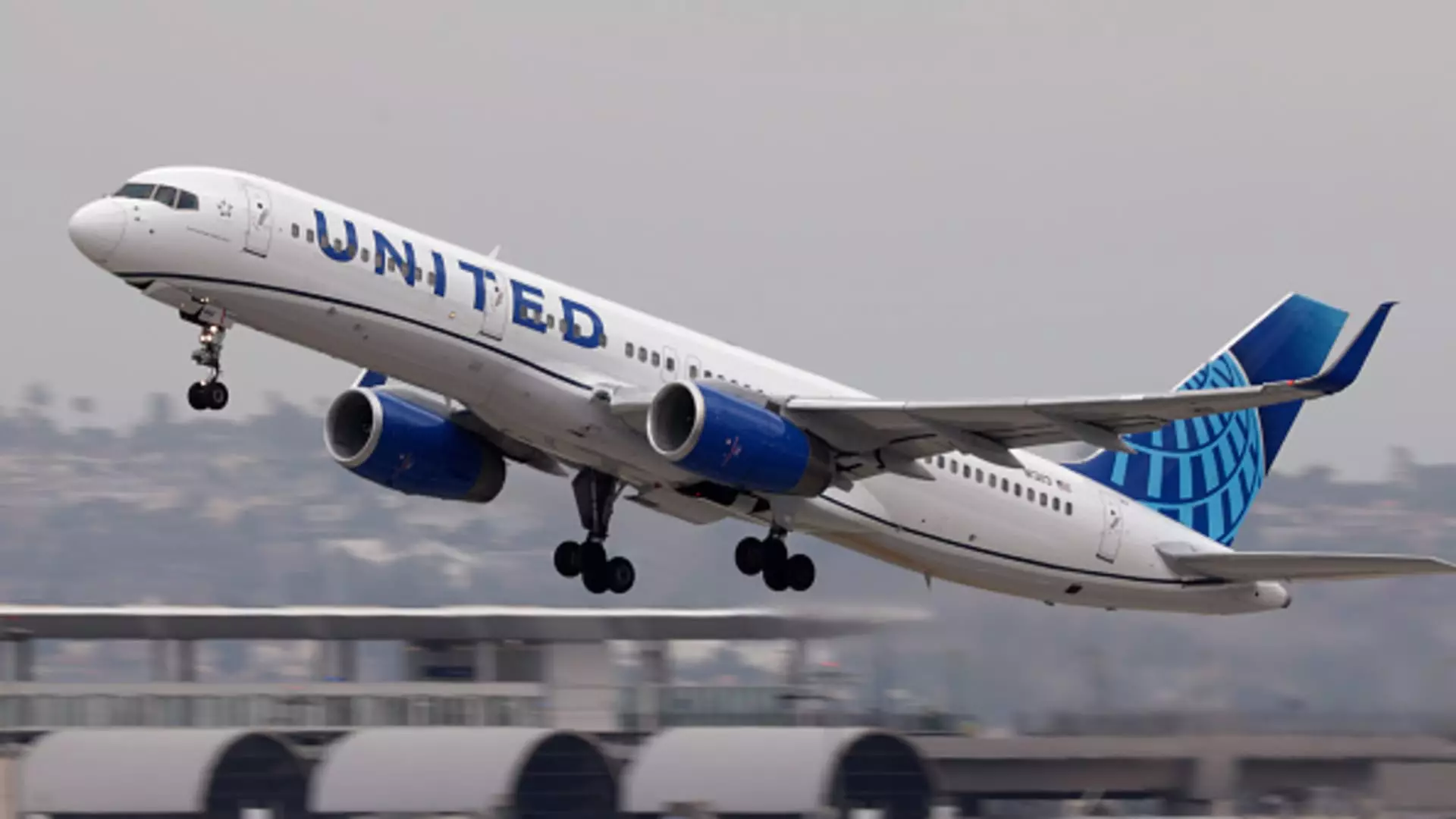United Airlines has initiated a significant shift in its MileagePlus frequent flyer program, raising the bar for elite status qualifications by approximately 25%. This decision appears to be a calculated strategy aimed at not just boosting profits but also enhancing the exclusive nature of airline loyalty programs amidst a landscape increasingly filled with high-spending travelers. As the new tier requirements take effect in 2026, customers will need to adjust their travel and spending habits to maintain their coveted status.
Travelers seeking to attain Silver Premier status will now be obliged to achieve 5,000 premier qualifying points (PQP) and complete 15 qualifying flights—an increase from the previous benchmarks of 4,000 PQPs and 12 flights. Moreover, there exists an alternative pathway wherein travelers can simply accumulate 6,000 PQPs through spending, without needing to meet the flight requirement. Such changes signify a considerable evolution in airline loyalty frameworks, with an unmistakable trend toward recognizing financial commitment over distance flown.
The move by United Airlines reflects a broader industry trend, followed closely by competitors such as American Airlines and Delta Air Lines. Historically, frequent flyer programs were more about distance traveled than the amount of money spent. However, this transition towards a more financially-focused system is not merely reactive but rather strategic. Airlines have increasingly recognized the profitability of co-branded credit cards, which significantly contribute to their bottom lines as banks compensate airlines whenever customers use these cards.
Under the new program, a traveler can accumulate PQPs through both flying with United and making purchases with co-branded credit cards, further entrenching the relationship between airlines and financial institutions. An intriguing point of clarification is the variance in PQP accumulation through credit cards, with some options allowing for one PQP for every $15 spent, rather than the standard $20 across other cards. This considerable disparity showcases a competitive advantage for certain credit card users, adding another layer of complexity to the program.
While the adjustments to mileage and flight requirements may help United Airlines manage an influx of high-spending customers, they also pose challenges. With increased elite status thresholds, passengers previously accustomed to enjoying the perks that come with lower thresholds may find themselves locked out of the elite section entirely. This could result in crowded lounges and longer boarding lines—issues that travelers witness today as airlines grapple with an influx of individuals competing for the same benefits.
Perks associated with elite status—such as complimentary upgrades, priority boarding, and better seat selection—become harder to attain, ultimately leading to potential dissatisfaction among frequent flyers who may feel alienated or less valued. The question remains whether these changes will foster greater loyalty or inadvertently drive away customers who no longer see the benefit in striving for elite status.
Looking Ahead: Adjusting Strategies
United Airlines’ decision to modify its MileagePlus program illustrates an ongoing shift in the aviation landscape, one that emphasizes spend over distance. As customers navigate these new requirements, both airlines and passengers will need to readjust their approaches—airlines in strategically managing loyalty, and passengers in how they earn and retain their elite statuses. Whether this new direction ultimately enhances customer satisfaction or results in frustration will be paramount to monitor as the airline industry continues to evolve.


Leave a Reply